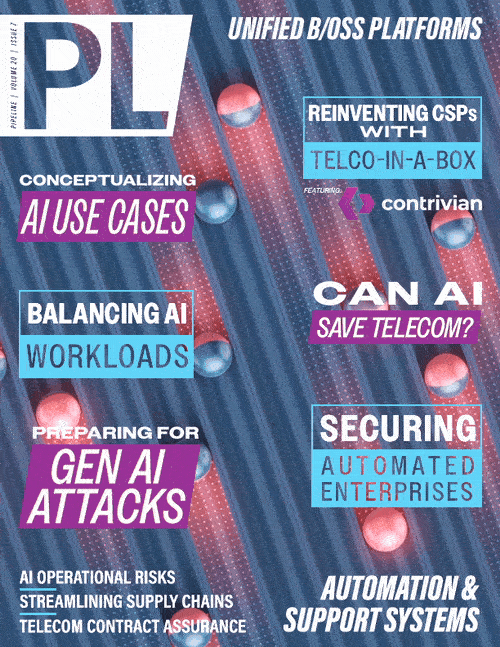Streamlining Supply Chains for Large
Infrastructure Projects
By: Joey Hougham

In the sprawling deserts of Arizona, a groundbreaking venture is quietly setting the stage for a significant leap in technology and manufacturing within the United States. This ambitious project is not just an answer for one of the country’s most dire technology needs — it’s a construction feat that demonstrates the new blueprint for construction innovation and logistical collaboration in the world of tech manufacturing.
In 2022, Taiwan Semiconductor Manufacturing Company (TSMC), announced plans to build a state-of-the-art, 1100-acre semiconductor fabrication campus in Phoenix, Arizona. The announcement marked a pivotal shift in the semiconductor industry, a symbol of a larger federal initiative aiming to reduce America's foreign dependency on microchips. To reinforce its significance, the site was even visited by President Joe Biden.
The $40 billion fabrication plant (informally known as a fab) will be the most advanced semiconductor facility in the country, and stands as the largest direct foreign investment Arizona has ever seen — indeed one of the biggest in the nation’s history. When fully functional, the fab will produce 600,000 microchips annually for premier clients such as Apple, Amazon, and NVIDIA. The project's construction is overseen in part by Taiwanese general contractor United Integrated Services (UIS), which directs over 6,000 workers actively engaged on site each day. The complexity of the project is heightened by the need to import numerous essential components and materials from Taiwan, the headquarters of TSMC. Nevertheless, Phase One of the plant, which will cover 650,000 square feet, is scheduled to begin producing microchips in 2025.
The logistics behind one of the continent’s largest active construction sites are immense and intricate. The job of ensuring that all tradespeople have the necessary materials for construction involves inbound logistics, last-mile delivery, warehousing, and inventory management. What can be learned from such a task? A peek behind the scenes of the new TSMC facility gives a glimpse into the future of construction projects for the next generation of major tech infrastructure builds.
Supply Chain Challenges
At first blush, logistics and transportation always seem straightforward: get items from point A to point B. However, with a project as massive and complex as this, what goes on behind the scenes is far more remarkable. In today’s construction landscape, supply chains for material and equipment will continue to face many vulnerabilities and hidden risks that are felt by each party along the line, especially the boots-on-the-ground crews responsible for keeping the project completion timeline intact. As an illustration, look at a similar type of construction facing a major supply chain pinch: data centers. Last year more than 75 percent of data centers reported a recent disruption of some type, with a 60 percent increase in procurement issues. The reported lead times on doors and hardware is over 15 weeks, HVAC equipment 25 weeks, and electrical equipment a staggering 45 weeks. Ironically, one of the most challenging supply shortages is microchips — meaning that the TSMC foundry is at risk of falling victim to the very problem it aims to solve. All in all, the ability to supply materials is more crucial than ever, and logistics execution needs to be more flexible and dynamic than ever to keep up. To respond to the challenges, a new approach to material scheduling and delivery has emerged, starkly evident in the TSMC project.
Traditionally, construction projects like the TSMC fab would look like this: the subcontractors working on the site would determine the needed material, the procurement department would set up a predetermined delivery schedule, and it would show up as needed — a process known as Just-In-Time Inventory or lean inventory. But, with the huge demand surge for material products, all that has changed. Now, material must be ordered well in advance (sometimes before any shovels even hit the dirt), and stored indefinitely in designated spaces, until it is to be delivered from there and not the original supplier — a practice known as intermediate inventory or safety stock. Naturally, this method holds the potential for items to become obsolete and also immobilizes capital. However, those risks need to be balanced against the consequences of major disruptions caused by supply shortages on top of the time, effort, and potentially higher material costs that accompany the eventual effort to try to address such shortages when the situation becomes dire. In some ways, the safety stock system solves a major obstacle. In other ways, it creates an entirely new set of obstacles. After all, the warehousing systems required to manage the complexities of a construction project of this magnitude are far, far different than the comparatively simple operations of, say, a mostly automated Amazon fulfillment warehouse. Billions of dollars are needed to create a semiconductor chip, and creating the facility to manufacture them involves all kinds of variables that have to be constantly and individually accounted for. With thousands of people on the jobsite representing hundreds of different subcontractors who are all interdependent with each other,



















